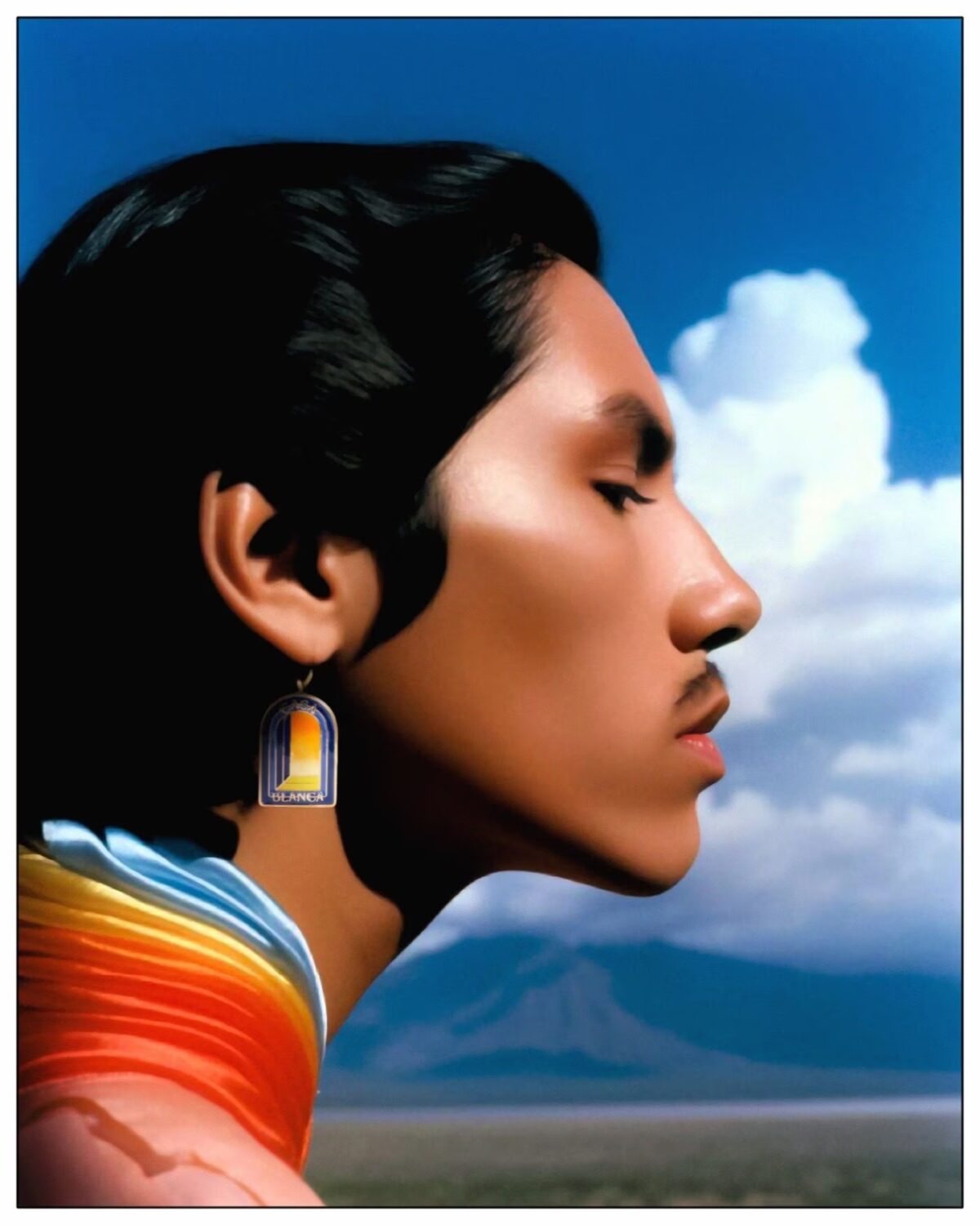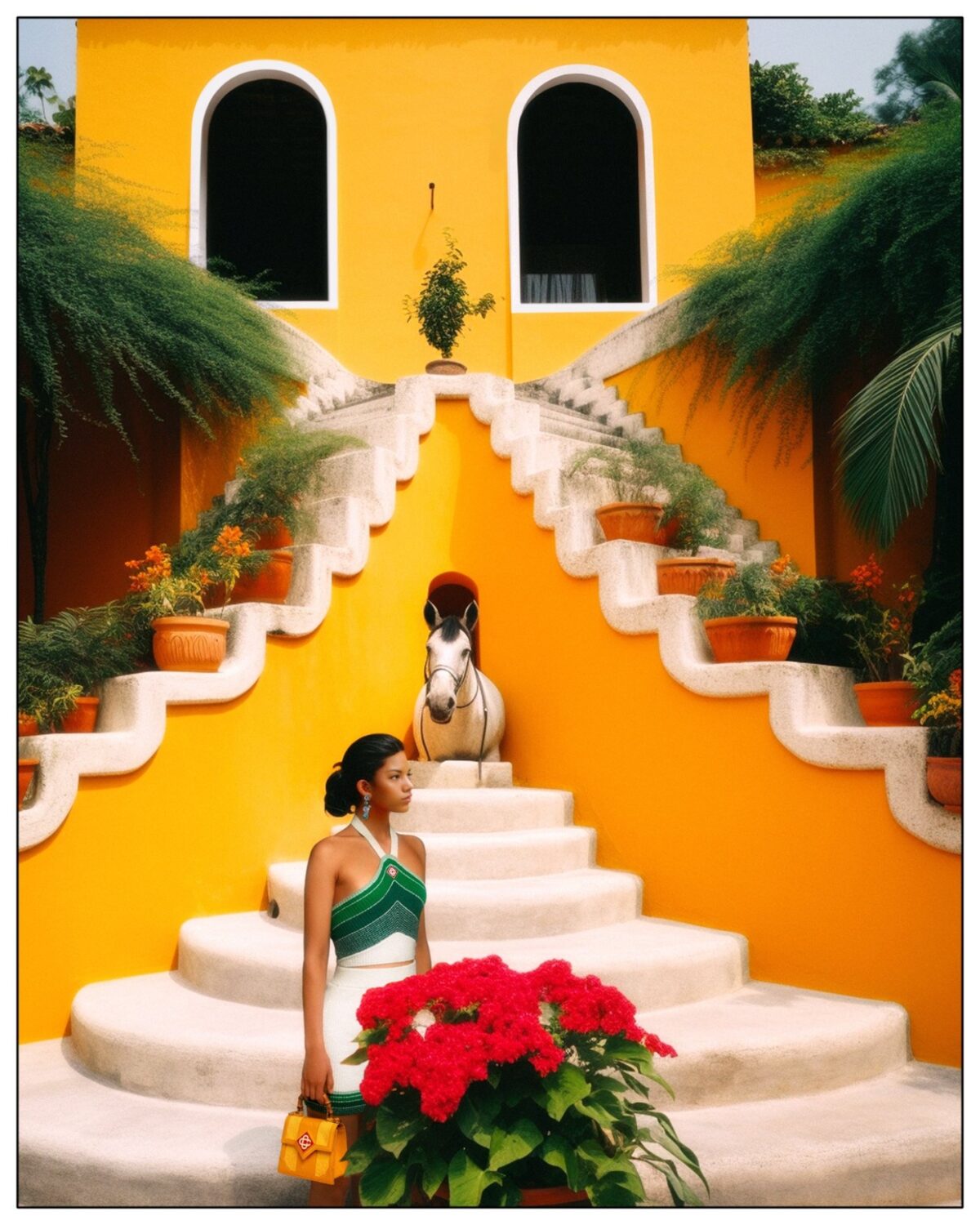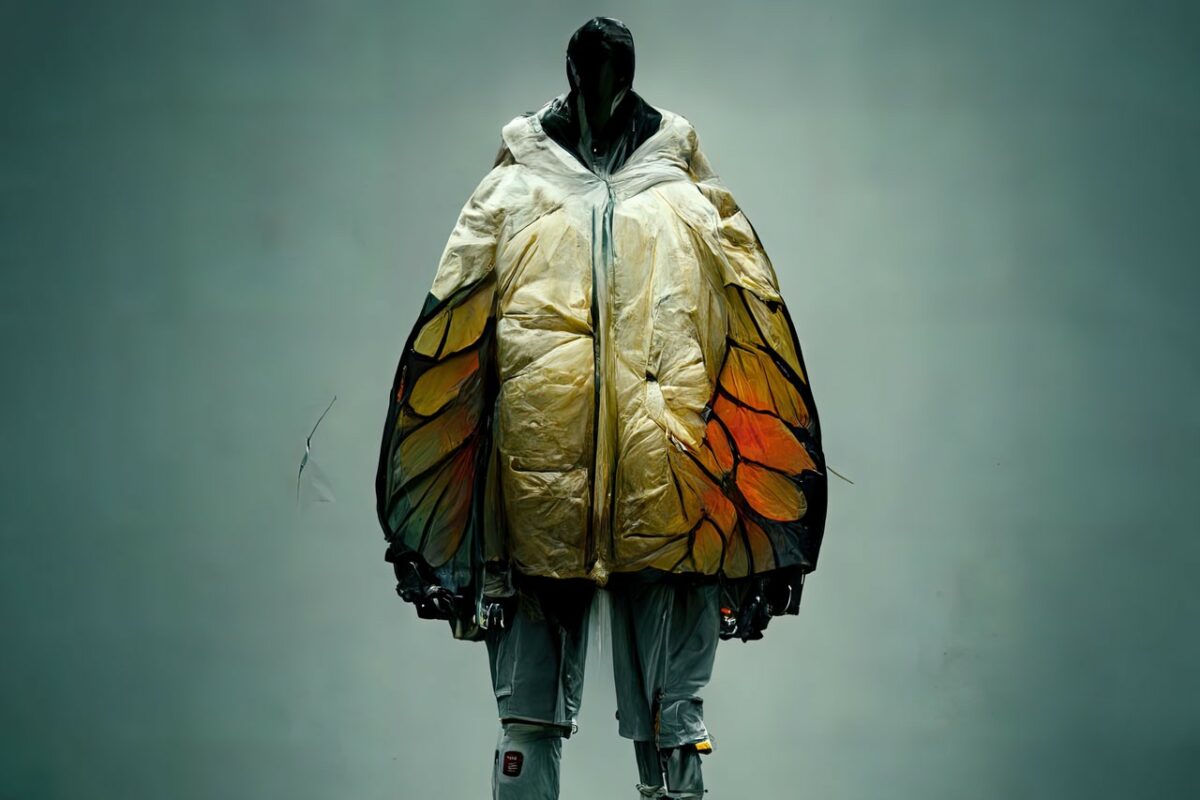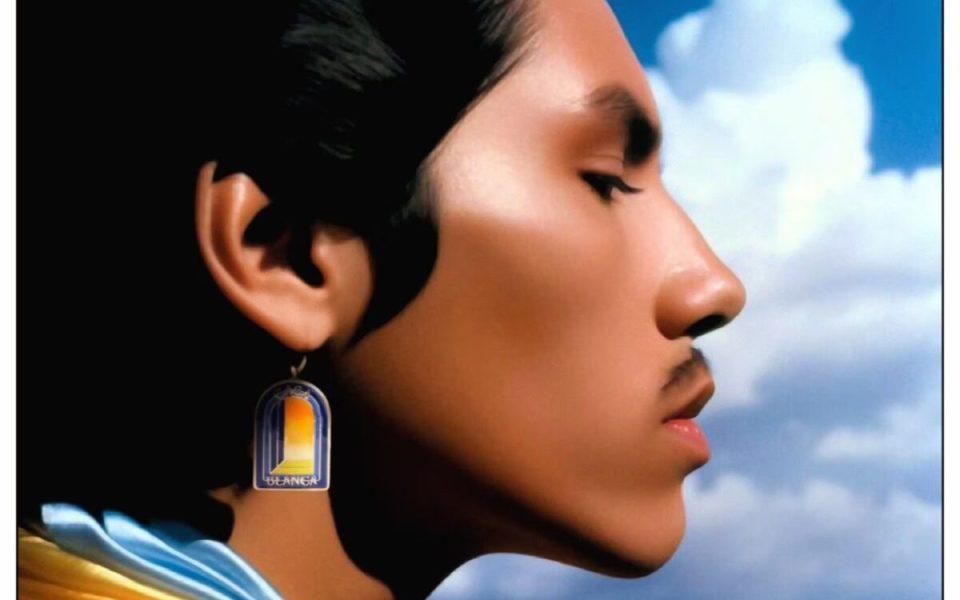AI’s Impact on Fashion and Design
The rise of artificial intelligence in the world of creativity has revolutionized various sectors, with fashion and design being no exception. This confluence of machine intelligence and human creativity has not only expanded the horizons of design possibilities but also sparked intense debate regarding its implications.
We sat with creative director and digital artist turned AI Fashion designer Baris Gencel, to discuss one of his infamous collections, ‘Metamorphosis,’ Monarch Butterly, a digital collection of art pieces depicting the transformation of the fashion industry, reborn through AI. As well as the impact of AI in his current work and the overall creative fashion industry.
In 2022, the unveiling of AI technologies like ChatGPT and Midjourney has aroused an ongoing debate about using AI in art, fashion, and other creative fields. Some argue that the use of AI threatens the creativity and individuality of human artists and that it could lead to mass production and the homogenization of fashion. Others worry about the potential for job loss as AI becomes more prevalent in the industry.
Redefining the Creative Process
Through complex word prompts, AI tools can create visually stunning images that would otherwise be impossible to imagine. With the help of AI generators like Stable Diffusion, Midjourney, and DALL-E, a surge of creative ideas can be generated faster than ever before. It’s no wonder that AI is infiltrating the internet and the world around us at an increasingly rapid rate.
The creative journey, whether in art, music, or design, historically depended on iteration, intuition, and personal experience. Artists sketched and resketched, musicians tinkered with tunes, and designers toyed with fabrics and patterns.
“I now see AI as a creative partner… AI has now become like a member of my team.”
Baris Gencel
Today, machine learning models, epitomized by tools like Google’s DeepDream, can produce an abundance of design variations in seconds, offering a smorgasbord of possibilities. AI doesn’t just offer efficiency; it also provides a fresh perspective, allowing for a new realm of creativity that may not have surfaced through human intuition alone.
The immersive experience of creating AI-generated designs is pushing boundaries, allowing creatives and brands to unleash their imagination and craft ambitious projects. As these designs and tools become more accessible, it is becoming clear that collaborations between humans and machines are here to stay and will soon be an integral part of our creative processes.
Data-driven Customization & Marketing
Platforms like Spotify leverage AI to discern patterns in user musical preferences, transforming the way we discover new songs. In fashion, the narrative isn’t different. Designers now employ AI to parse current fashion trends, predict forthcoming ones, and even conceive entirely novel styles.
Utilizing generative AI for customized customer interactions can be transformative. Research from McKinsey indicates that businesses adept at personalization can witness a revenue surge of up to 40% compared to those that don’t harness this potential.
The modern creative process isn’t about AI replacing humans but rather about the synergetic relationship between the two. A prime example of this synergy between humans and AI is Casablanca Paris’s campaign for their S/S 23 ‘Future Optimisto’ collection. Spearheaded by creative director Charaf Tajer, the brand collaborated with British AI artist and photographer Luke Nugent. The result? A captivating, retro-futurist campaign entirely crafted through artificial intelligence, showcasing the potent blend of human creativity and AI capabilities.


A Paradigm Shift
In conversation with nft now, Baris Gencel, a creative maestro turned AI fashion designer, articulated this transformational journey. “This tool has truly stretched the boundaries of my creativity and imagination. Every day I use AI, I see it as an exercise for my creative spirit, and now my work is never stagnant,” he expressed passionately.
Having recently dived into the world of digital art and design, Gencel is still reasonably new to the whole Web3 and AI world of design and art. After discovering AI, he claimed this as a revolutionary period for him as an artist. For over a decade, he has done campaigns and brand activations for clients like Cartier, Coca-Cola, Porsche, Tommy Hilfiger, and other fashion and high-end luxury brands.
He sees the merging of physical and digital as an exciting opportunity and is particularly interested in using AI to bring digital elements into physical spaces in a retail and fashion setting. He has found AI to be a valuable tool for coming up with new ideas and pushing the boundaries of his creativity. Still, he also recognizes that it has flaws and limitations. He believes that AI can be a powerful tool in the creative industry but acknowledges the concerns AI has brought about in the industry.
Not only did AI augment his creative process, but it also acted as an invaluable member of his team, aiding in brainstorming and concept realization. Describing his relationship with AI, Gencel noted, “I now see AI as a creative partner… AI has now become like a member of my team.”

His most regarded collection, ‘Metamorphosis’, showcases the concept of “inconceivable fabric”. This term refers to innovative and experimental materials that push the boundaries of traditional fashion design generated through AI. “By incorporating these unique fabrics into their collections, designers can create truly one-of-a-kind pieces that stand out in a sea of sameness.” Gencel shared.
AI has brought unique and intricate patterns, techniques, and textures that would take human designers days not weeks to produce. It also enables designers to experiment with previously unheard-of visual elements, such as data-driven shapes, forms, and textures that can be adapted and tweaked to create unique and ever-evolving designs.
The Challenges
The surge of AI in the creative realm isn’t devoid of controversies. Detractors voice concerns about AI’s potential to stifle human creativity, leading to a homogenization of design. The specter of job losses also looms large.
For creators, many worry that the advancement of technology will lead to a loss of respect and appreciation for artists. While it is true that the artistic process and original ideas behind a work are essential, the final result is also significant, particularly for businesses that hire artists for graphic design and advertising. While technology can be helpful and convenient, it can also pose dangers. As AI advances, there grows a need to find a balance between technology’s benefits and risks and consider its ethical implications in the arts.
However, for pioneers like Gencel, AI is less about replacement and more about enhancement. “I was around for the emergence of computers and software like Photoshop and After Effects; AI is bringing up a similar debate and is receiving a similar response. However, it’s a normal part of the evolution and advancement of technology.”
The Road Ahead: Merging Realities
As the debate around AI’s role in fashion rages on, one thing is certain: AI, when employed judiciously, has the potential to catalyze unparalleled innovation in design, propelling the fashion industry into an era of boundless possibilities.
The potential of artificial intelligence in fashion and design is undoubtedly immense. AI can help fashion professionals work smarter, not harder, and stay ahead of the competition. Designers like Gencel, believe that AI guided by a human mind is the way of the future.
Although there may be a lot of insecurities and debates around using AI in your work, especially for artists, yet, it is left for further discussion that if creatives don’t pay attention and learn how to use the technology emerging now, many in the industry will get left behind. The integration of AI in fashion and design signifies not just an evolution of technique but also a redefinition of creativity. As AI continues its inroads into the fashion world, it befits us to embrace its potential while being cognizant of its challenges, ensuring that the world of design remains as vibrant and dynamic as ever.
The post AI’s Impact on Fashion and Design appeared first on nft now.

